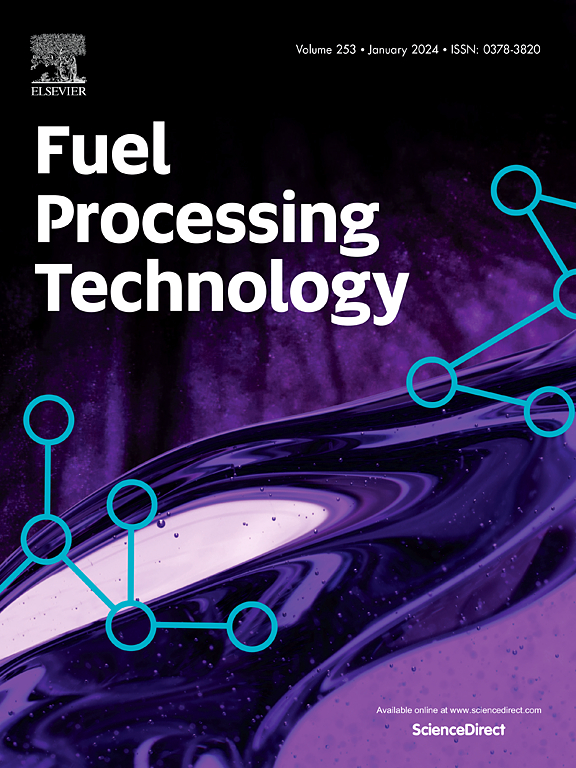Water poisoning and resistance in catalytic oxidation of VOCs from industrial flue gas
IF 7.2
2区 工程技术
Q1 CHEMISTRY, APPLIED
引用次数: 0
Abstract
Volatile organic compounds (VOCs) emitted from industrial flue gas, as precursors to particulate matter and photochemical smog, pose direct hazards to atmospheric environment and adversely affect the health of communities. Catalytic oxidation is a cost-effective and feasible method for VOCs purification from industry flue gas, however, encounter catalyst poisoning caused by water vapor under realistic working environments. Understanding the influence of water vapor on VOCs catalytic oxidation activity and the water-involved mechanisms on metal oxide catalyst surfaces is crucial in solving water poisoning in catalytic reactions. This review concludes that various working conditions of industrial flue gas significantly influence the impact of water vapor on VOCs oxidation, in terms of efficiency, stability, and selectivity. Water-involved VOCs catalytic oxidation mechanisms, including: competitive adsorption, generation of hydroxyl, alter reaction path and cleaning effect, alongside the specific methods employed to study these processes are analyzed. This review also covers the developments in water-resistant catalysts, focusing on strategies such as optimizing catalyst supports, active components, morphologies, and preparation methods. This review aims to advance industrial flue gas purification by providing better understanding of mechanisms of VOCs oxidation in wet flue gas.
工业烟气中挥发性有机化合物催化氧化的水中毒和抗性
工业烟气排放的挥发性有机化合物(VOCs)是颗粒物和光化学烟雾的前体,对大气环境构成直接危害,并对社区健康产生不利影响。催化氧化净化工业烟气中挥发性有机化合物是一种经济可行的方法,但在实际工作环境中,会遇到水蒸气引起的催化剂中毒问题。了解水蒸气对挥发性有机化合物催化氧化活性的影响以及金属氧化物催化剂表面的涉水机理是解决催化反应中水中毒问题的关键。本文总结了工业烟气的不同工况对挥发性有机化合物氧化的影响,包括效率、稳定性和选择性。分析了涉水VOCs的催化氧化机理,包括:竞争吸附、生成羟基、改变反应路径和净化效果,并分析了研究这些过程的具体方法。综述了耐水催化剂的研究进展,重点介绍了催化剂载体、活性组分、形态和制备方法等方面的优化策略。本文综述旨在通过对湿法烟气中挥发性有机化合物氧化机理的进一步了解,促进工业烟气净化的发展。
本文章由计算机程序翻译,如有差异,请以英文原文为准。
求助全文
约1分钟内获得全文
求助全文
来源期刊

Fuel Processing Technology
工程技术-工程:化工
CiteScore
13.20
自引率
9.30%
发文量
398
审稿时长
26 days
期刊介绍:
Fuel Processing Technology (FPT) deals with the scientific and technological aspects of converting fossil and renewable resources to clean fuels, value-added chemicals, fuel-related advanced carbon materials and by-products. In addition to the traditional non-nuclear fossil fuels, biomass and wastes, papers on the integration of renewables such as solar and wind energy and energy storage into the fuel processing processes, as well as papers on the production and conversion of non-carbon-containing fuels such as hydrogen and ammonia, are also welcome. While chemical conversion is emphasized, papers on advanced physical conversion processes are also considered for publication in FPT. Papers on the fundamental aspects of fuel structure and properties will also be considered.
 求助内容:
求助内容: 应助结果提醒方式:
应助结果提醒方式:


